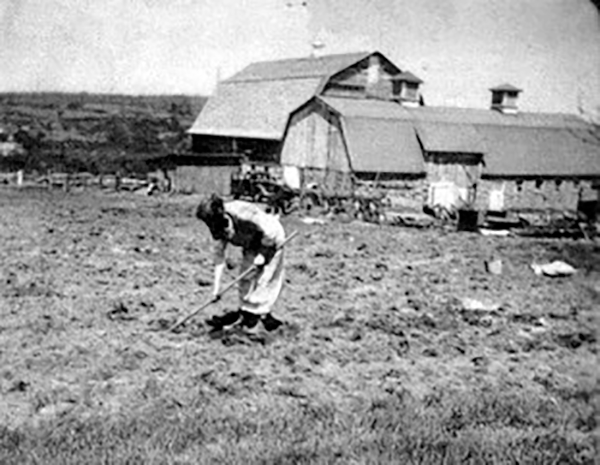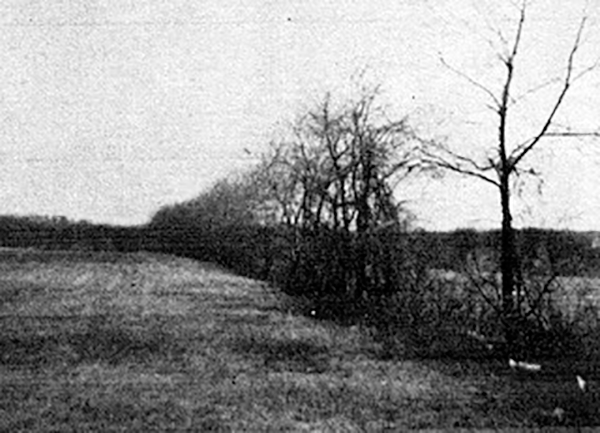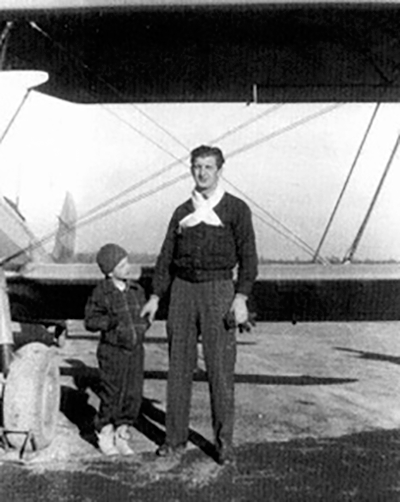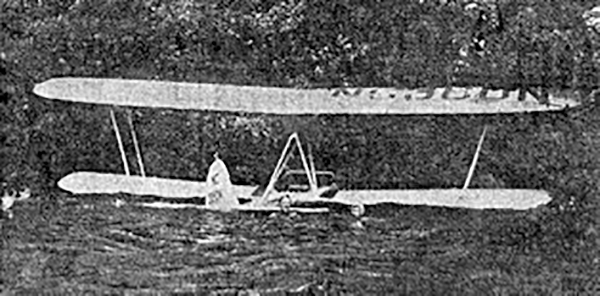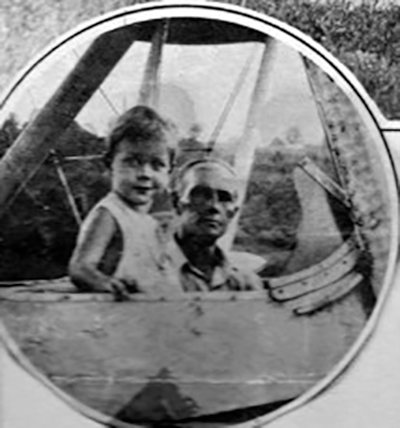|
|
||||||||||||
 |
 |
|
Wolcott Historical Society News - December 2022 By Florence Goodman This month I'm going to revisit a series of articles that I wrote about back in 2017 about small planes that came down in our town. The idea to research these stories came about from a Facebook post that I was following at the time. There are several "Wolcott" groups on Face Book but depending on the topic and one's point of view or "memory" the comments might be fact or fiction. In January of 2017 on "Wolcott Chats" Jerry O'Neill posted a question looking for information about a WWII plane that was located on someone's lawn in Wolcott many years ago. His question received a wealth of responses and caused me to start searching my files for information on when and where planes had either crashed or been placed in town over the years. What I found was quite interesting so once again I will share my findings with you over the next few months.
My search through 1930s and 1940s old newspaper articles enlightened me about two different planes that ended up in local lakes. This jarred my memory and I thought about an old airstrip right here in our town so that's where I decided to start.
Did you know that in the early 1930s up on Spindle Hill in the western section of town there was an airfield? There actually was and it included a hanger and air sock. This airstrip was found on the pastureland of the 149-acre farm owned by John Churchelow. This crude landing strip was the handiwork of air enthusiasts Alexander and Michael Churchelow and their friend, Joseph Shea of Waterbury. These men cleared the land by hand removing stone walls, brush, rocks and trees and the airstrip became a reality. They flew a single motor propeller driven monoplane and a converted OX3 Parks 2-seater biplane. Alexander Churchelow, who later changed his last name to "Churchill" managed the Mt. Tobe Airport in Plymouth and taught aviation there. His daughter, Marlene Tosun remembers her dad taking her flying many times and she loved it. One vivid memory was the day her dad took her to Mt. Tobe Airport to watch the first woman parachute from an airplane. During WWII Alexander became an instructor in the Air Force and when the war ended, he began flying commercially. He flew for Northwest Airlines on their Tokyo run. All three men truly enjoyed flying and maintained their pilot's licenses until their deaths. Sadly, all that remains of the airstrip is an overgrown field on Spindle Hill Road next to where the Wolcott Sports Complex is found today.
Chestnut Hill reservoir is in the southwestern section of Wolcott. It is also known as Arrowhead, a name acquired from the arrowheads found there over the years; left behind by the Tunxis Indians while hunting in this region. On Friday, July 31, 1931, a hydroplane from Montauk Point, Long Island was headed to a Waterbury airport when it was forced to make an emergency landing on Chestnut Hill reservoir because of instrument gauge failure. The paper stated that numerous bathers became alarmed as the plane landed in the middle of the lake very close to shore. Two aviators and a passenger on plane came through the ordeal unharmed, but the plane sustained some damage. The pilots explained to witnesses that they were unaware that they were losing altitude because the instrument panel registered 1000 feet when they were at 200 feet. By then it was too late to make adjustments, so they opted for a landing in the reservoir. During the descent the plane grazed several pine trees and opened a hole on its underside, which caused it to submerge soon after landing. The two aviators carried an elderly man out of the plane and onto the shore where they inquired about how to get transportation back to New York. Harold Curtis, a worker on the Charles Platt farm drove the men to Exchange Place in Waterbury. Before leaving they told Edelbert Reichenbach, the caretaker of the reservoir that they would return on Monday with a mechanic to make repairs to the plane. They also made arrangements with Walter Smith, a local farmer on Chestnut Hill Road to watch the plane for the weekend then quickly left the scene without disclosing their identity. Monday arrived, but the men and mechanic did not. The hydroplane was moved to the farm of Walter C. Smith where it remained waiting to be claimed by its owner.
The next article that I found about this plane was on October 29, 1931, titled, "Owner of Mysterious Seaplane in Reservoir Is Named in 4 Suits." This article explained that A. E. Archibald, a New York businessman with offices at 26 Broadway was the owner of the plane. Four men from Wolcott and Waterbury were suing Archibald for services and repairs made to his plane. George A. Blanchard was suing for $250 for services; Walter Smith was suing for $200 for storage and services; John Kirschbaum was suing for $38 for services; and Leland Smith was suing for $78 for services. The men stated to their attorney Finton J. Phelan that they dragged the plane out of the reservoir and made the necessary repairs to it; they now wanted to be reimbursed for their services. It was also implied that after all was said and done; it was doubtful that the plane could be flown out of the area.
I was unable to find another article about the decision by the courts or how the plane was removed from this location. The January 2023 edition will continue with several other plane stories from Wolcott's past.
(Information for this article was taken from >Wolcott, Connecticut 175th Anniversary 1796-1971> by John Washburne, Waterbury Republican-American articles, 8/1/31, 10/25/31, 10/29/31, FaceBook conversations from Wolcott Chats on January 21, 2017, emails from Jerry O'Neill and information found in >The Adventures of Little Marlenka Patinka, Volume 1> by Marlene A. Tosun)
Mrs. Churchelow working the fields on their 149-acre farm on Spindle Hill. (Sylvia Tosun gave permission to use this picture.)
The landing strip found on the Churchelow property.
Alexander and his son in front of his plane. (Sylvia Tosun gave permission to use this picture.)
The hydroplane is seen floating against the bank in the Chestnut Hill Reservoir.
Mr. Smith and his son, Sidney, sitting in the plane stranded on his property.
To view past installments of the Historical Society News, click here. |
|
|
[Home]
[News]
[Purpose]
[Calendar]
[Museum]
[Membership]
[History]
[Contacts]
[Links]
All material at Wolcott Historical Society Web sites Copyright © 2000-2022 Wolcott Historical Society |
